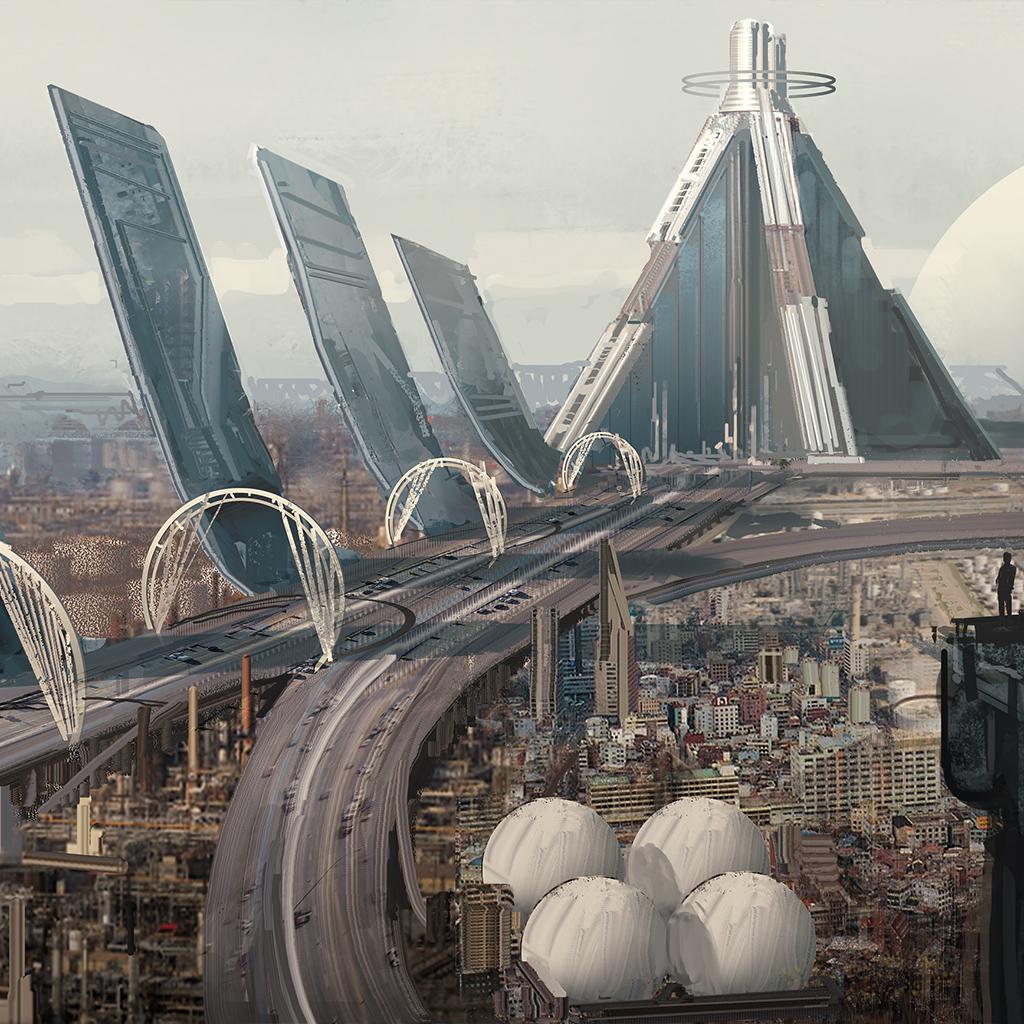
Written by: Farah Hassan
Date: 2022-12-28
An in-depth piece on the upcoming futuristic megacities that are to be built in the upcoming years
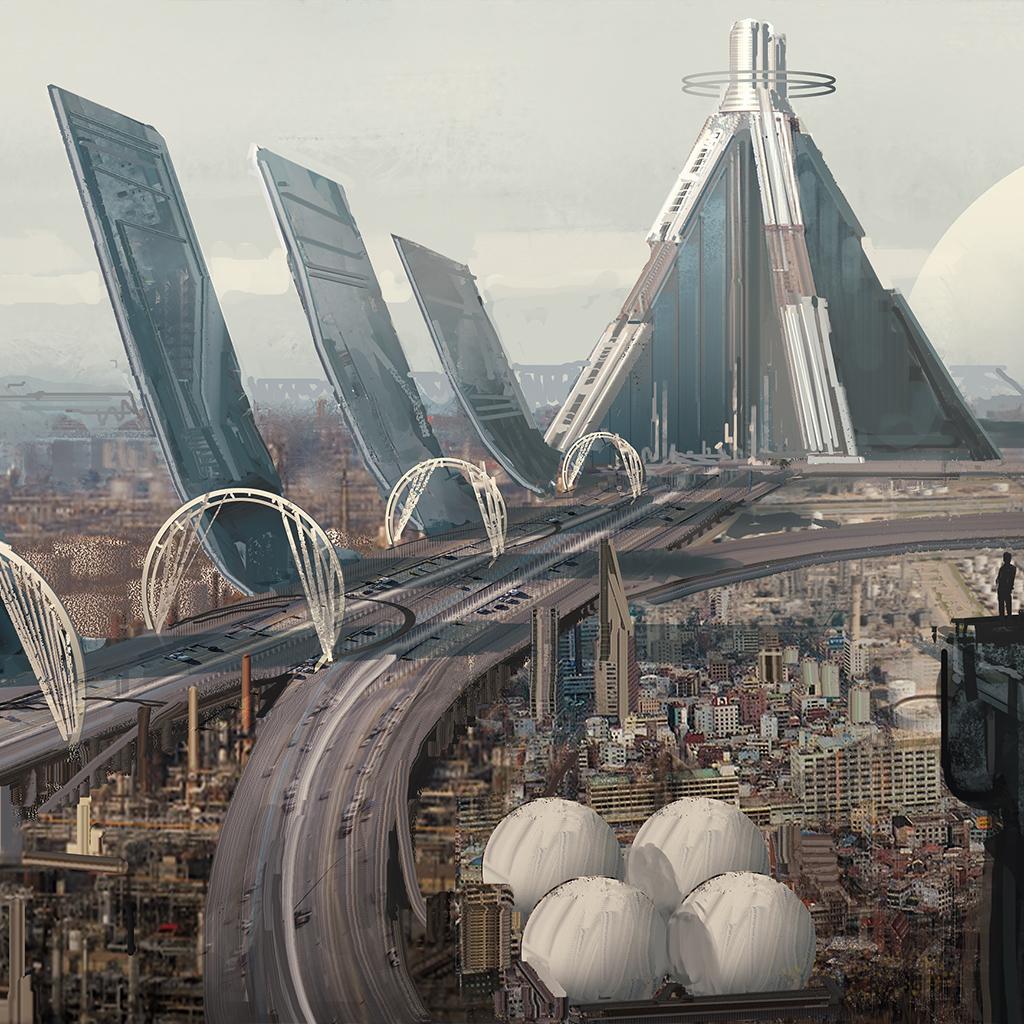
An in-depth piece on the upcoming futuristic megacities that are to be built in the upcoming years
As more people move into cities around the world, the trend of rising metropolitan areas does not appear to be slowing down. This seemingly irreversible phenomenon began gradually when 15% of the world's population was residing in cities, both big and little, at the beginning of the 20th century.
Nowadays, in urban areas, where more than half of the world’s population resides, it is estimated that in the next 20 years that percentage will rise to more than 60%.
By the year 2039, it is estimated that at least 43 megacities will exist on our planet to address some of the major dilemmas that plague the world’s urban centers, including public health, climate change, and energy generation, with the ability to sustain this transformation.
The "megacity," which refers to large urban agglomerations with more than 10 million inhabitants and depends on infrastructure to ensure their coexistence, has emerged as a result of this tendency. To make these cities livable and sustainable, it is essential to have mobility taken into consideration such as roads, subways, railways, and bridges in addition to important facilities like hospitals, schools, and other public services.
Meeting the fundamental necessities of the millions of people moving to megacities is becoming more and more challenging as time goes on. Due to a variety of factors, such as resource depletion, pollution, excessive consumerism, and population growth, this is further posing environmental and health concerns. Finding answers has therefore become crucial in the modern day. Cities that are sustainable benefit from being so. It undoubtedly puts an end to the myriad issues that a city suffers, regardless of how big or tiny the city may be.
Listed below are some of the future megacities that are to be built in the upcoming future.
Telosa, USA

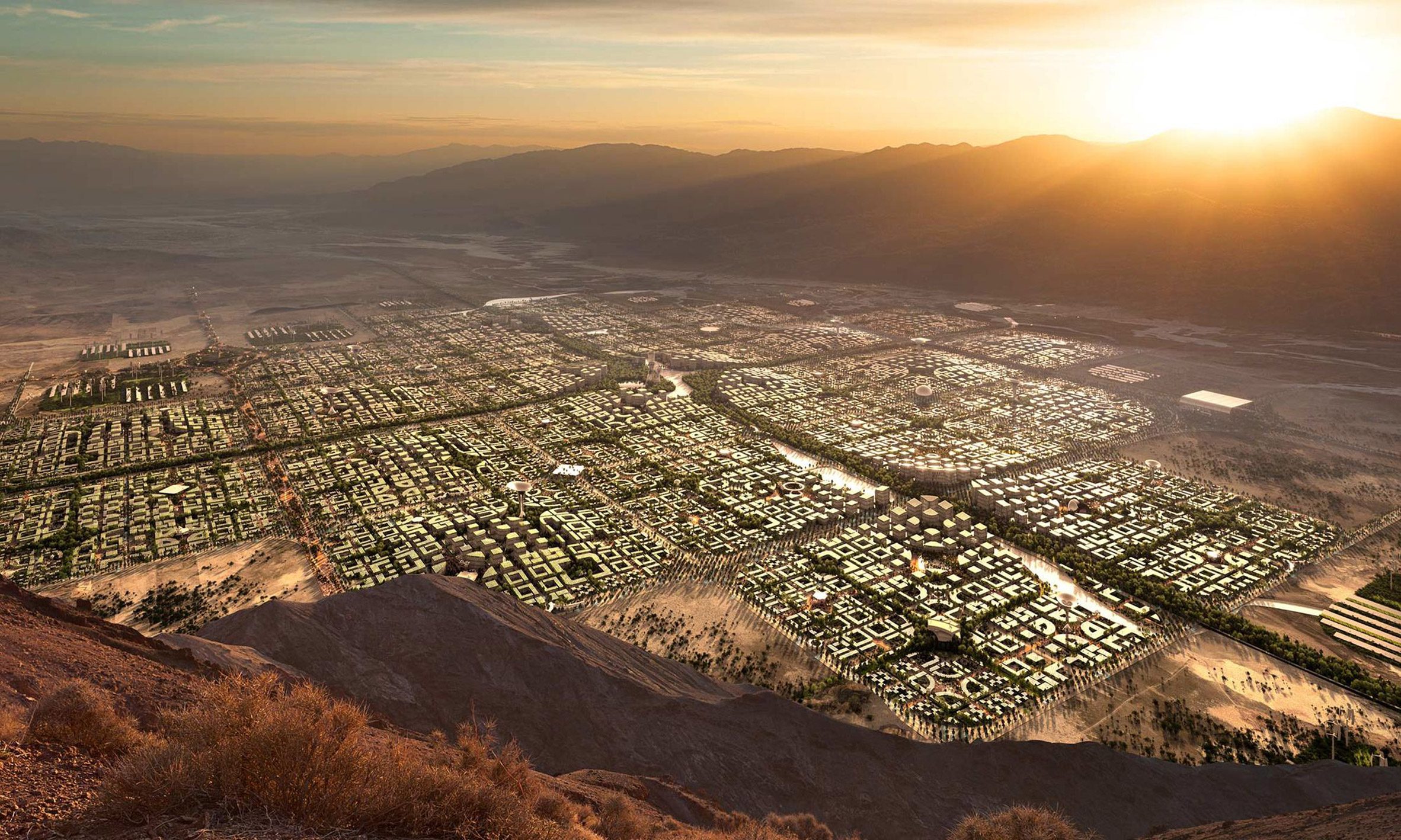
Telosa, a city for five million people planned by Danish architect Bjarke Ingels and his studio BIG, will be built from the ground up on an as-yet undisclosed site in the US desert. The project is the latest incarnation of billionaire entrepreneur Marc Lore, who aspires it will blossom into "the world's most sustainable city."
Lore's vision includes the land being owned by a community endowment, which means that the property's value increases could fund the city's development with resident welfare as the top priority. Hoping to build a city with a population of 50,000 by 2030, with a goal of reaching a population of five million during the following 40 years.
The city would have a population density of about 33 persons per acre, which is about similar to that of San Francisco and is largely based on the ideals of British urbanist Ebenezer Howard's Garden Cities.
BiodiverCity, Malaysia
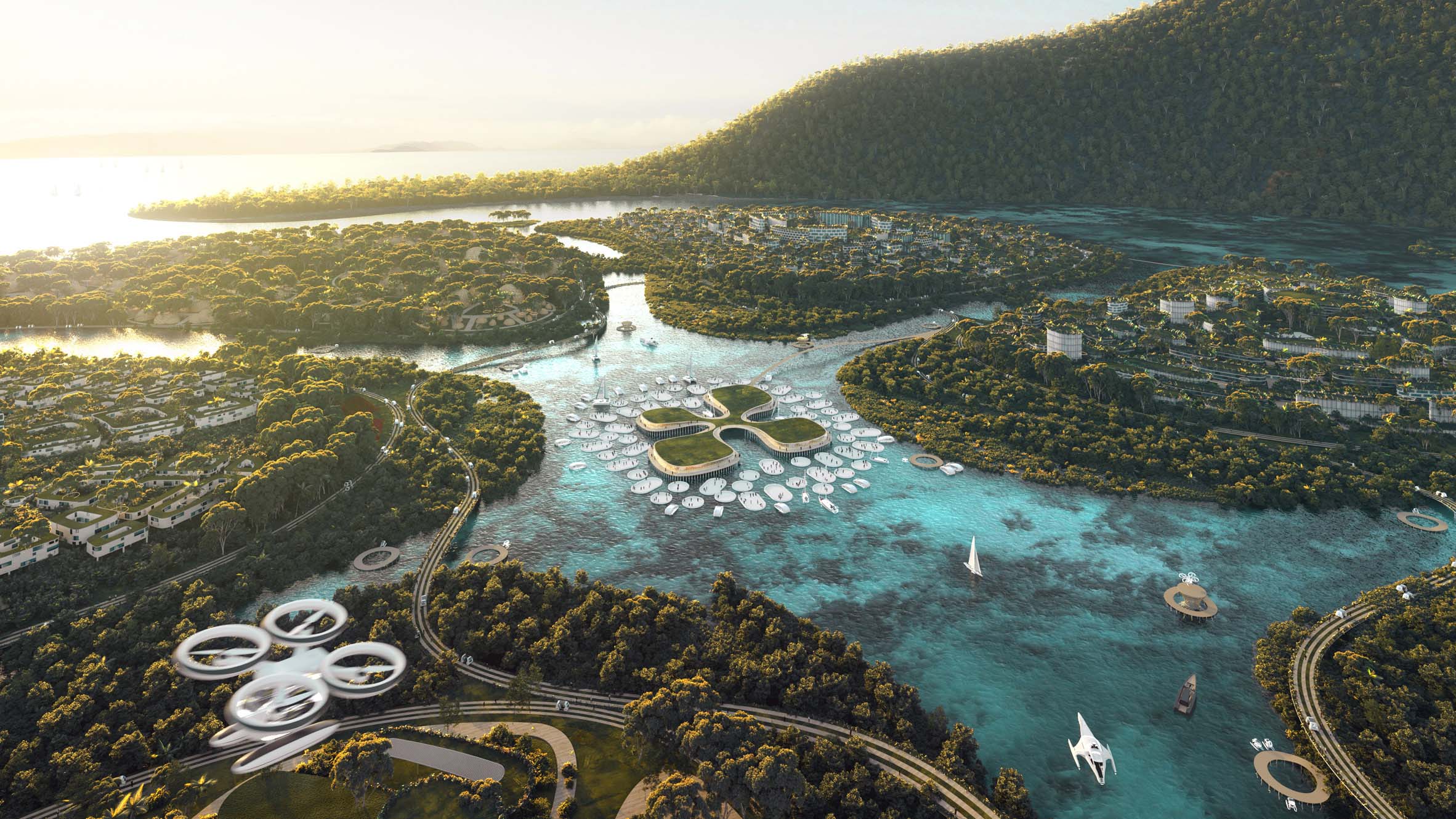

Through BIG's vision, BiodiverCity, three man-made islands will be erected off the coast of Penang Island in Malaysia and connected by an automated transportation system. Each island will have mixed-use neighborhoods, 4.6 kilometers of public beaches, 242 hectares of parks, and a coastline that is 25 kilometers long. The islands will be designed to resemble lily pads.
The majority of the structures in BiodiverCity, according to BIG, will be built from a combination of bamboo, Malaysian wood, and "green concrete," which uses recycled materials as aggregate.
Each island district is expected to house 15,000 to 18,000 people and will rely on localized water resources, renewable energy, and waste management. They will also be linked by an autonomous water-, air-, and land-based transportation network to make BiodiverCity a car-free zone, with bikers and pedestrians given priority.
The objective of BiodiverCity is to develop a "global destination" that promotes Penang Island's sustainable economic and cultural growth while preserving the natural habitats and coastline biodiversity there. In partnership with Ramboll, Hijjas, and the Penang State Government, BIG is creating a massive land reclamation project, which will cover 1821 hectares.
Amaravati, India
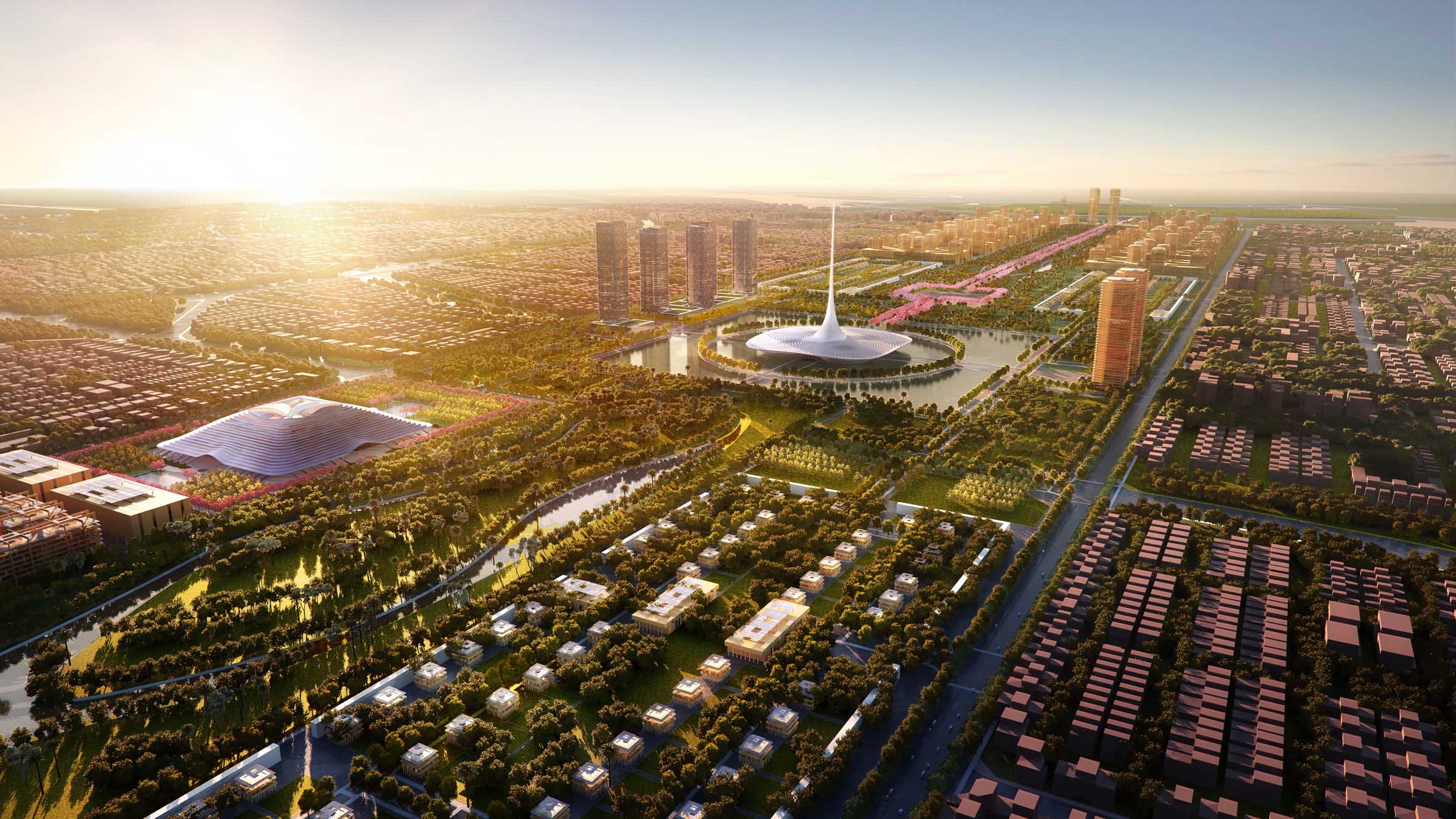
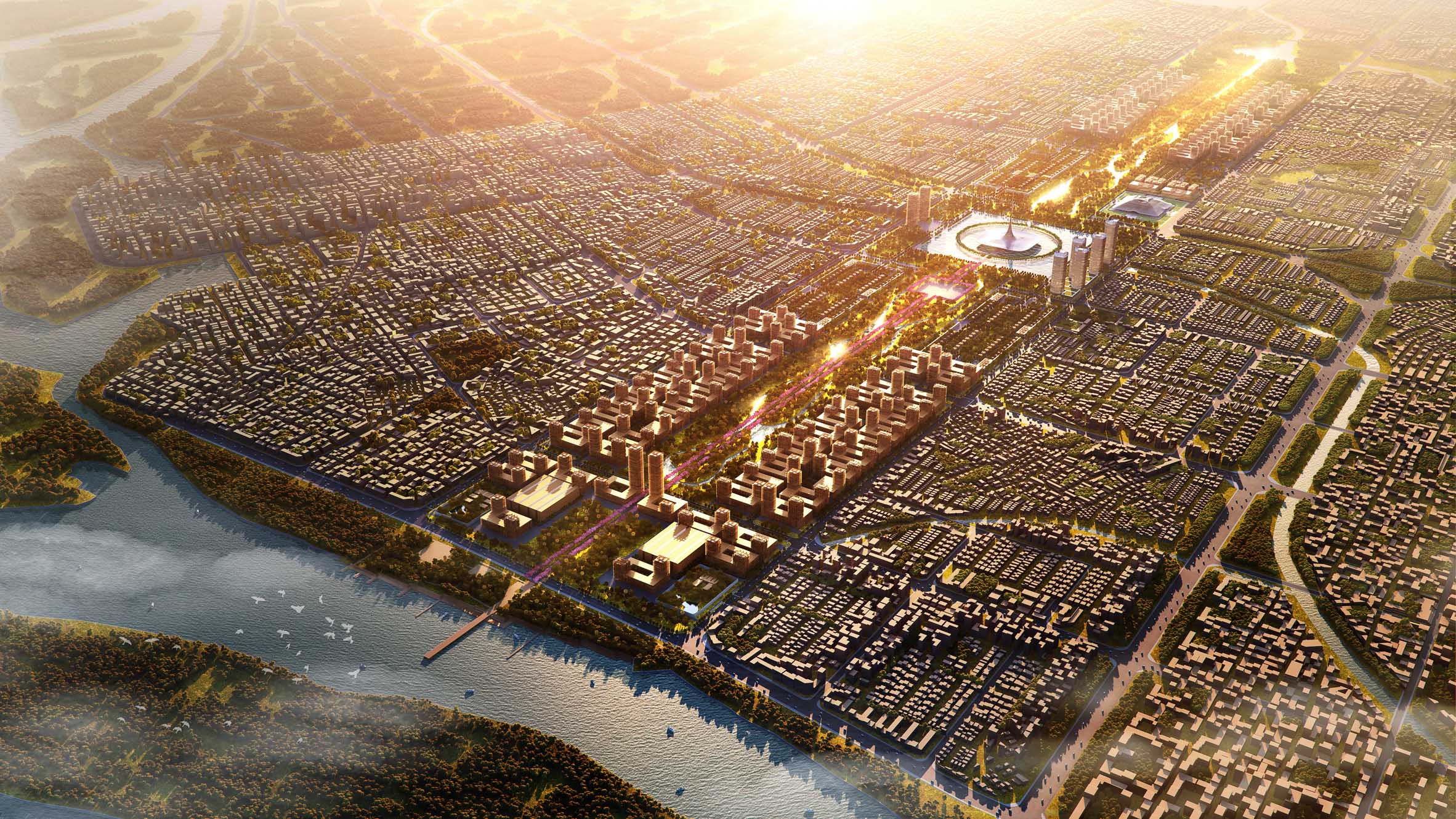
The future state capital of Andhra Pradesh in India is being master planned by Foster+Partners and will be centered on a bureaucratic structure with a needle-like roof.
According to Norman Foster's architecture firm, the new city of Amaravati, which will be nestled on the banks of the River Krishna, would be 217 square kilometers large and one of the most sustainable cities in the entire world.
A 5.5-kilometer-long and 1-kilometer-wide governmental complex will run through the city center, with ribbon-like lakes weaving around tree-lined boulevards. The urban grid and central expanse of greenery pay homage to both Central Park in New York and Edwin Lutyen's designs for Delhi.
Greenery or water will cover more than 60% of this core area, with cycle paths, water taxis, and electric car routes providing green transportation options. People are encouraged to walk by providing shaded streets and squares.
Chengdu Future City, China
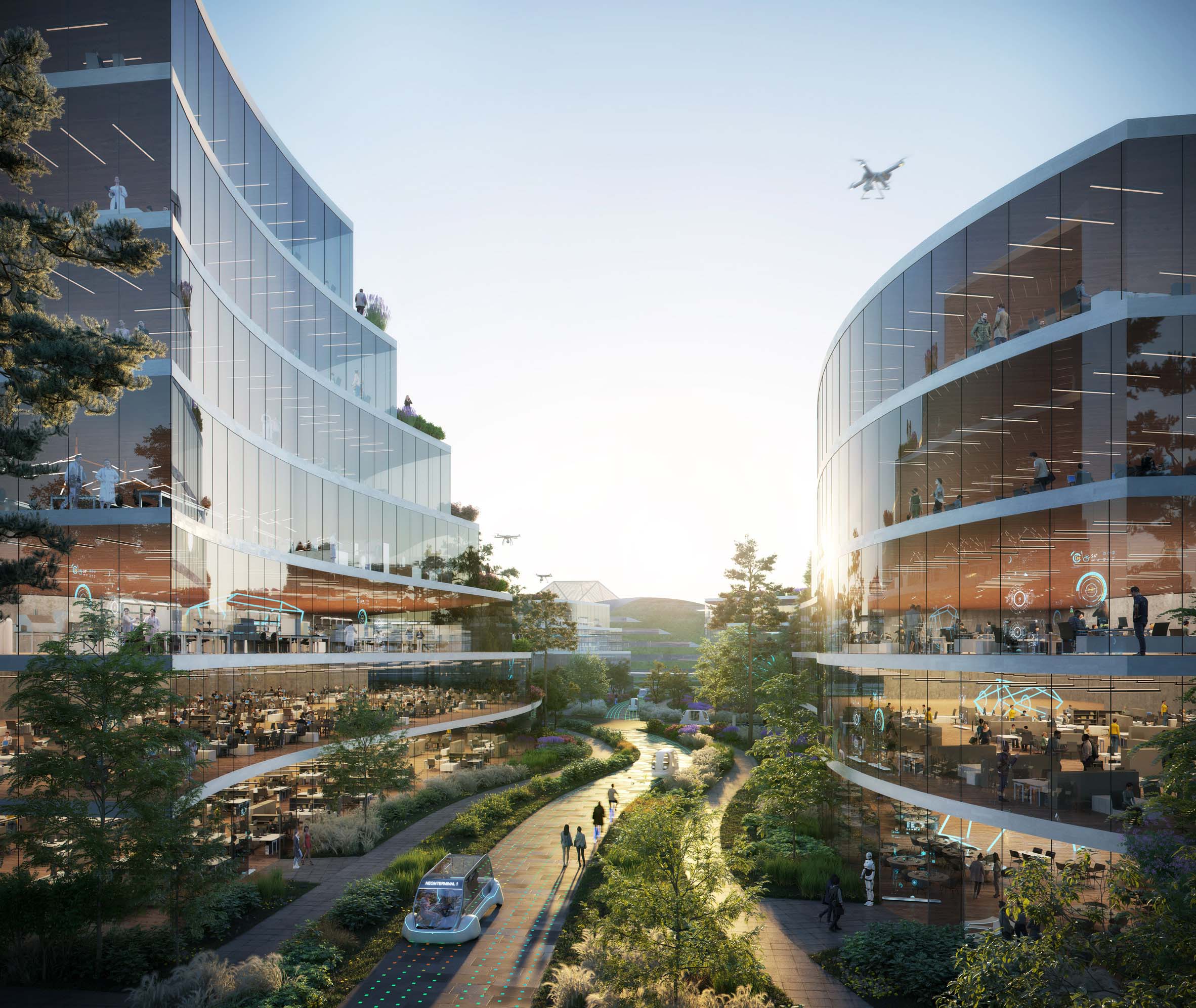
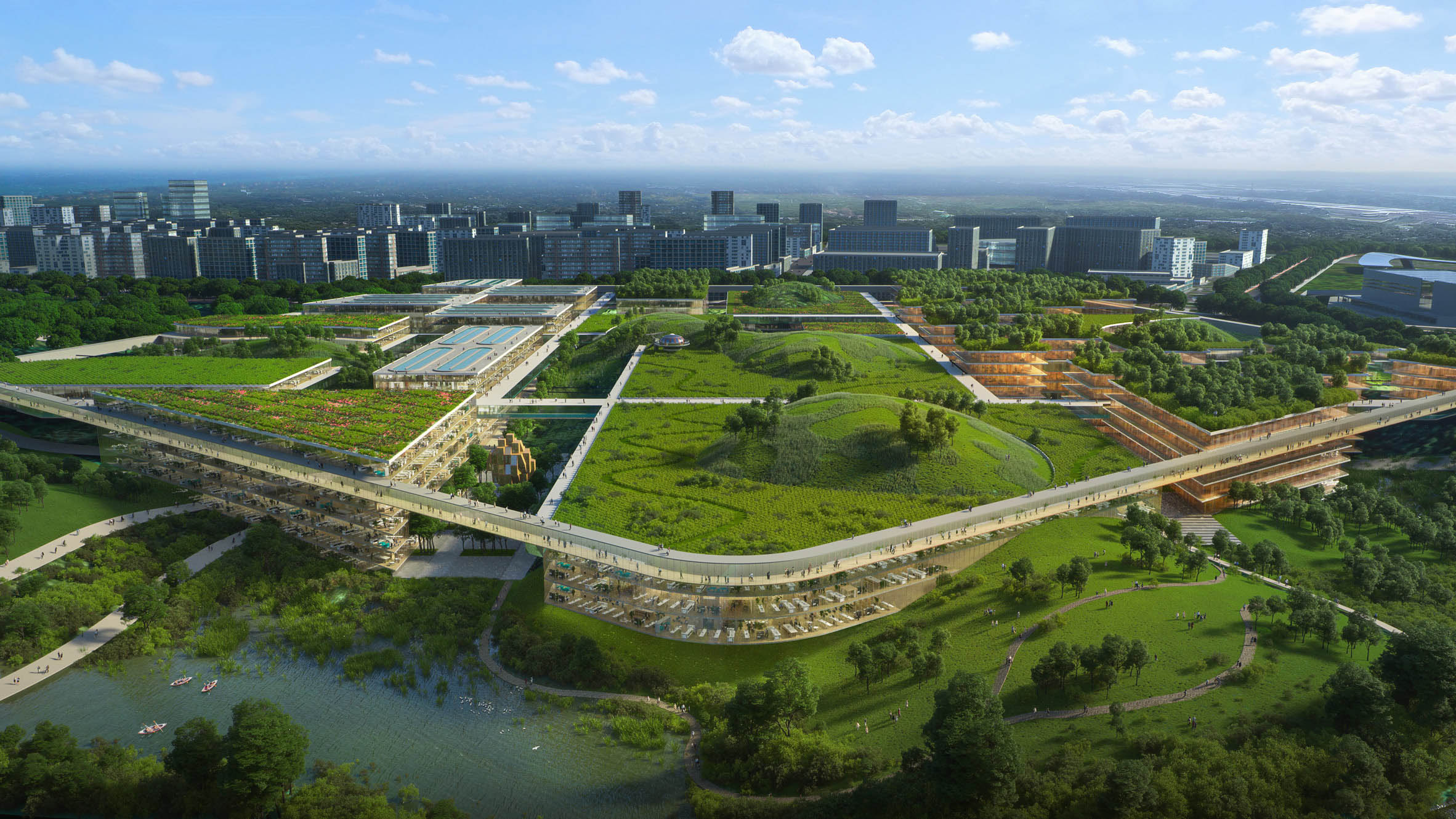
Chengdu Future City is a car-free masterplan designed by Dutch architecture firm OMA for the capital of China's Sichuan province that focuses on the site's established geography and topography.
The 4.6-square-kilometer scheme is being devised in the rolling hills of east Chengdu and will include six clusters fashioned after traditional village settlements in the city. OMA will model each of these zones to infuse in with the surrounding landscape and include areas dedicated to education and innovation.
Similarly, there will be housing, government facilities, commercial and public venues, and one cluster with an elevated, circular building transport hub.
The master plan's goal, according to OMA, is to contest traditional urban planning models, which are typically powered by road networks or optimizing gross floor area. Instead, the scheme is dictated by the site's geography and topography, with a focus on connecting to the existing landscape so that the architecture becomes a part of it.





